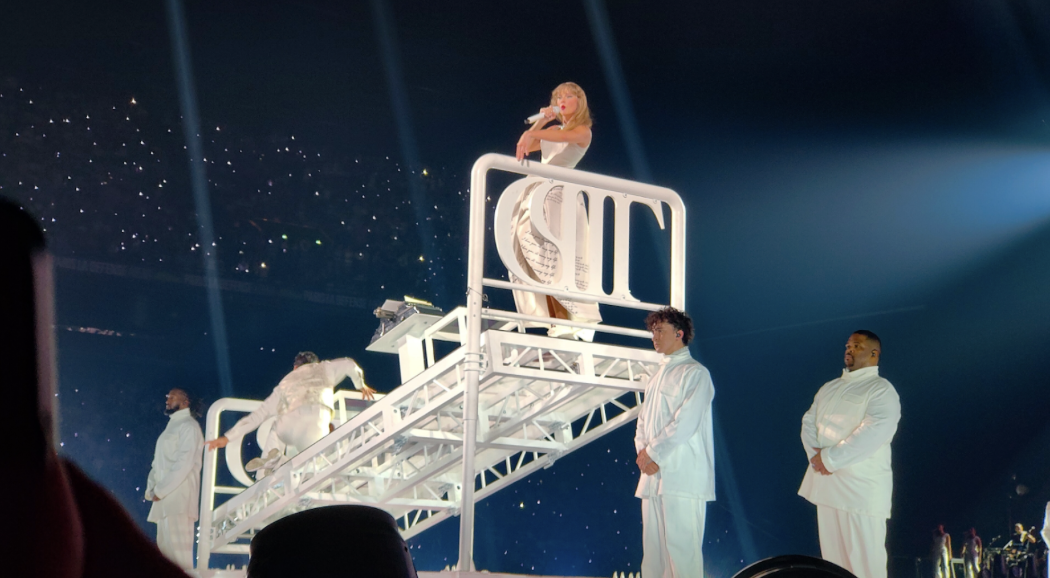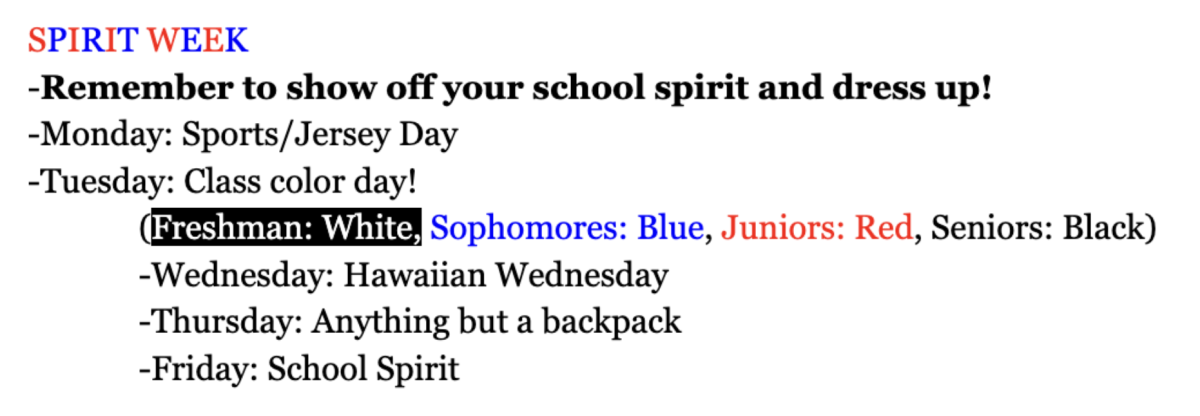Meghan Helms
Asst. A&E Editor
The state’s current financial crisis is increasing tuition while cutting admission and course options in California’s public colleges and universities, making graduation in four years more difficult to achieve.
“Admission to a UC or a CSU will be more selective because there will be an increase in students and decrease in enrollment,” said Rebecca Wandro, College counseling Director.
The University of California system has raised tuition by 9.3 percent to cover a $450 million budget shortfall, raising tuition by $662 for resident undergraduates.
UC Berkeley is cutting library hours, buying less expensive food for the cafeteria, reducing housing and increasing class size, according Marisa Conroy (’09) who attends school there.
“I love going to the library, and I can’t believe they’re doing this to us,” said Conroy. “Students shouldn’t be paying the price for the state’s mistakes.”
UC’s are going to admit hundreds of out-of state students, starting next year, to make up for budget cuts with the higher tuitions that out-of-state students pay. UC Berkeley, UCLA and UC San Diego are the main schools that will be affected.
California State Universities have increased tuition by 10 percent due to a $584 million decrease in state funding from last year. Students and faculty members are required to take two days off a month to decrease salary and facility costs.
“We talk about the budget cuts literally every single day in class,” said Mollie Davis (’09), who currently attends San Francisco State University “It’s something that the students as well as teachers on campus are extremely passionate about. There are protests and walk outs [almost] once a week.”
Some class sizes at CSUs have increased drastically and some UC class waitlists are longer. Over 300 students are enrolled in Davis’s astronomy class and a physiology class at her school has over 700 students.
“In my Intro to Ethnic Studies class I had to sit on the stairs during class for the first couple weeks because in addition to the class being over-enrolled, the students trying to add the class took the seats from those who were already enrolled,” said Jessica Zablah (’09), also at SFSU.
Most private colleges, which usually cost more than public institutions, make it easier to fulfill major requirements in the standard four years. The overall cost of four years of private school is close to the cost of five years or public school, according to Wandro.
“If I remain at State to get a degree, at the rate of classes being filled and what not, I am fully aware that it will probably take me five years, as opposed to the typical four, to fulfill my studio art major,” said Zablah.
Because of the intense competition to get into a UC or CSU, community college is becoming better option for some high school students since some guarantee students a transfer spot at a UC or CSU.
“Students need to apply broadly to the UC and CSU system to keep their options open,” said Wandro.
Despite the budget cuts, UCs are still offering financial aid totaling almost $2 billion in 2008. The Blue and Gold Opportunity Plan, which is also not being affected by budget cuts, covers students from low-income California families.
Students should focus on taking a challenging course load that is appropriate for them during high school to put themselves in a good position for getting into any college regardless of the current financial situation, according to Wandro.
“I really would encourage students not to let this [financial situation] dampen their prospects because they are in a good position here at Convent as colleges are always impressed with our students,” said Wandro









jaeson • Dec 20, 2018 at 6:59 am
The real issue is that we have pushed “college” into being the new high school. We need to stop! Not everyone should go to college. I graduated in 2009, and I can tell you, only a handful of my classmates were really committed to studying and learning. The rest? Sandbagging, cheating, or outright lying to get their way through because someone lied to them that they needed to go to college. Most of the people I went to school with got out and worked in fields entirely unrelated to their major. Their starting pay hovered around $12 an hour (yes you read that right) certainly not the $50,000 a year average we were told by colleges was what graduates earned. Nope! Even people in “in demand” majors such as engineering had a difficult time finding work. The reality is 70% of people don’t do work in what is related to their college degree. That tells me one thing- the population has been lied to. I think college is fine for people if they wish to pursue a PhD and be a professor, but the amount of people able to do that is really less than .01% (just google PhD job market). Colleges are not preparing people for work at all. Since employers have had the upper hand since 2003, they are demanding degrees PLUS years of experience, even for entry level work. I believe this has happened because the value of higher education is sinking lower and lower as if it is high school…and no wonder with some of the stupid people that graduate! The CSU system is still affordable if you first go to a JC, the most it would cost you to do both of those back to back while eating ramen at home and going full time is $25,000. That is really the most any “college” should cost you.